- Home
- Machining techniques
- CNC Machining Services
- Cooperative supply services
- Designs
- Materials
- Finishing Services
- Shop
- Products
- Guide
- About Us
- Contact Us
2020.3.17
As a common general-purpose metal, 304 stainless steel is easy to be seen in our life and manufacturing industry. In this article, we’ll compare the difference between stainless steel 304 and other grades in composition, properties, cost, applications, and more aspects, hope to help you understand more types of stainless steel alloys and basics for machining 304 stainless steel.
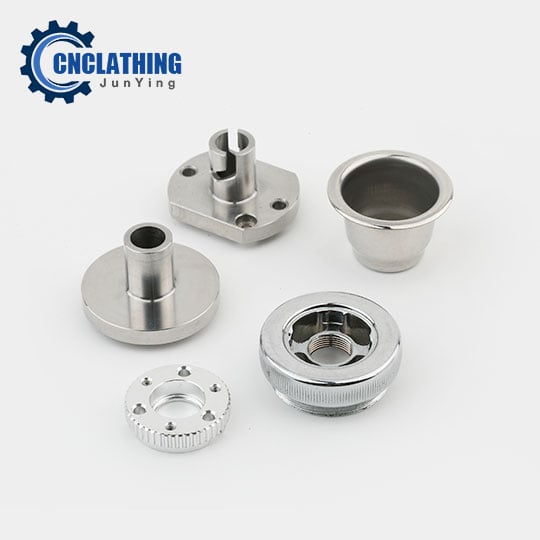
304 Stainless Steel is a common type of austenitic stainless steel, also known as 18/8 stainless steel. 304 stainless steel composition: at least 50% iron, have a maximum carbon content of 0.08%, and contains approximately 18% chromium and 8% nickel. SS304 is widely used to make equipment and parts requiring good comprehensive performance (corrosion resistance and formability), like industry, auto parts, household products, furniture decoration, agriculture, food, and medical industry. The density of stainless steel 304 is 7.93 g/cm³. Stainless steel CNC machining services on CNClathing.com involves in a wide range of stainless steel grades to fabricate finished stainless steel products with highest quality.
The uses and applications of stainless steel machining parts are often determined by its properties and characteristics, which also influences the metalworking process on it.
– Good corrosion resistance, heat resistance, low-temperature strength and mechanical properties
– Good stamping and bending properties
– High machinability and weldability
– Non-hardenable by heat treatment
– Resistance to 800 ℃ high temperature, and high toughness
– 304 stainless steel modulus of elasticity: 193-200 GPa or 28000 – 29000 ksi
– Thermal conductivity of stainless steel 304: 16.2 W/m-K or 112 BTU-in/hr-ft²-°F
– A food grade stainless steel, suitable for food processing, storage and transportation.
Understand the 304 stainless steel properties, we can roughly know what environments and applications it can be used in, while when you want to choose a best material from all the stainless steel grades, you need to figure out what are the differences between them. Here we’ll compare SS304 with 316, 303, 201, 310, 430, 409 and more, explaining from composition, properties, cost and uses. Select the right CNC machining stainless steel material as per your requirements.
1) Composition: 304 contains 17.5%-19.5% chromium and 8%-10.5% nickel while 316 contains 16.5%-18.5% chromium, 10%-13% nickel and 2%-2.5% molybdenum.
2) Properties: the higher molybdenum content results in grade 316 getting increased corrosion resistance. Stainless steel 316 has a greater resistance to chemical attack and oxidations than 304. 304 has a higher formability than 316.
3) Price: 304 steel is more affordable than 316.
Which is better 304 or 316 stainless steel? You should make the choice according to different situations.
304 stainless steel vs 316, where 316 stainless steel is better:
– When you requiring an outdoor enclosure that exposed to varying elements, 316 is a better material, which can extend the lifespan of the product and it’s much safer.
– Where greater strength and hardness required.
– Applications with an amount of corrosive elements, like seawater environments and marine applications.
Stainless steel 304 versus 316, where 304 stainless steel is better:
– Where excellent formability is required.
– Where lower cost is required.
1) Composition: stainless steel 303 contains at minimum 17% Chromium, 8% nickel, and 0.15% Sulfur/Selenium, while 304 stainless steel contains a minimum of 18% chromium and 8% nickel.
2) Properties: the addition of sulfur slightly reduces corrosion resistance but increases machinability of 303 stainless steel, it’s a free-machining grade of ss304. So 303 is more machinable than 304, while 304 is more weldable and has higher corrosion resistance.
3) Cost: buying stainless steel 303 is a bit more expensive.
4) Application: 303 grade stainless steel is better to be used for manufacturing nuts, bolts, aircraft gears, fittings, bushings, etc. 304 grade stainless steel is better for applications where aesthetics and cleanliness are key, including architecture, food processing, piping, packaging, etc.
304 stainless steel is part of the 18-8 family. What is 18-8 stainless steel? 18/8 stainless steel, also called 18-8 stainless steel and 18 8 stainless steel, refers to the 300 series of stainless steel with a 18% chromium and 8% nickel content. The common designations include 301, 302, and 304 stainless steel.
304 stainless steel contains more chromium, which gives it excellent corrosion resistance. While Stainless steel type 201 has higher level of manganese. Stainless steel 201 is more suitable for industries requires higher durability at a lower cost and not worried about exposure to corrosive elements.
1) 304 steel has higher corrosion resistance and stamping performance than 201
2) SS304 has better toughness
3) 201 grade is easier to rust
4) Stainless steel 201 is cheaper than 304
5) 201 stainless steel looks darker than 304
1) Composition: 310 type has a higher chromium content (24-26%) vs 304 (10-20%), and nickel content(19-22%) vs 304 (8-10.5%).
2) 304 steel is going to be pretty ductile, and 310 is a bit harder.
3) Stainless steel 310 has greater hardenability, wear and corrosion resistance than 304.
4) Grade 310/310S is typically used in kilns, radiant tubes, tube hangers for petroleum refining and steam boilers, coal gasifier internal components, lead pots, thermowells, refractory anchor bolts, burners, etc.
The main difference between 304H and 304L is the percentage of carbon. The higher the carbon content, the worse the corrosion resistance of the stainless steel grade, also vary in prices.
1) 304L is ultra-low carbon steel stainless steel with carbon content around 0.03% or less, while 304H contains carbon content that not less than 0.04%.
2) The corrosion resistance of 304L is better than 304H in theory. 304H is more resistant to sensitization than its 304L counterpart.
3) 304H meet the high-temperature requirements and provides improved high temperature strength when exposed to temperatures exceeding 800 degrees Fahrenheit.
4) The difference in 304 stainless steel yield strength and 304L is slightly greater, with SS304 having a 0.2% yield strength of 42ksi (289 MPa) and 304L having a 0.2% yield strength of 35ksi (241 MPa).
1) Composition: stainless steel 430 contains no nickel, while 304 has a 8% to 10.5% nickel content.
2) 430 stainless steel is magnetic and 304 is not
3) 304 stainless steel is more weldable and formable.
4) SS304 hardens during cold-working, while 430 does not.
5) 430 grade stainless is more machinable.
6) The price of 304 stainless steel is higher than 430
7) 304 has a much more corrosion resistant grade than 430
8) 304 is much easier to press and draw
1) Composition: 409 stainless steel contains 10.5%-11.75% chromium and 0.5% nickel, while 304 stainless steel has a chromium content of 18%-20% and nickel content of 8%-10%. 409 stainless steel can be almost 90% iron. 304 stainless steel has a much lower concentration of iron.
2) Because of the composition difference, surface rust on 409 stainless steel machined part is faster, 304 is more rust-resistant than 409 and has a longer life span.
3) 409 grade stainless steel does not polish as well as 304.
4) 409 steel is more suitable for bending and heat cycling. 304 stainless steel hardness is higher than 409.
5) The cost of stainless steel 409 is lower.
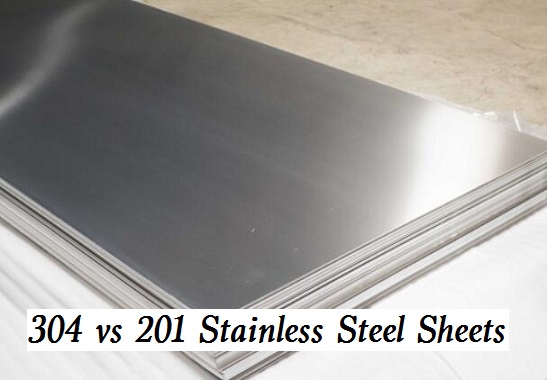 304 vs 201 Stainless Steel Sheets – How to Distinguish Stainless Steel Metal Sheets 304 and 201
304 vs 201 Stainless Steel Sheets – How to Distinguish Stainless Steel Metal Sheets 304 and 201
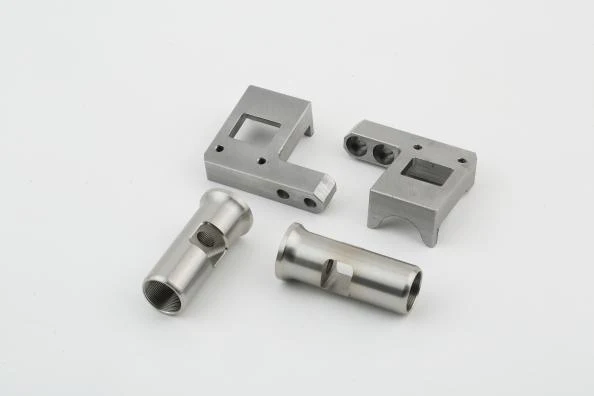 Different Types of Stainless Steel Grades: 304 vs 304L vs 316 vs 316L | CNCLATHING
Different Types of Stainless Steel Grades: 304 vs 304L vs 316 vs 316L | CNCLATHING
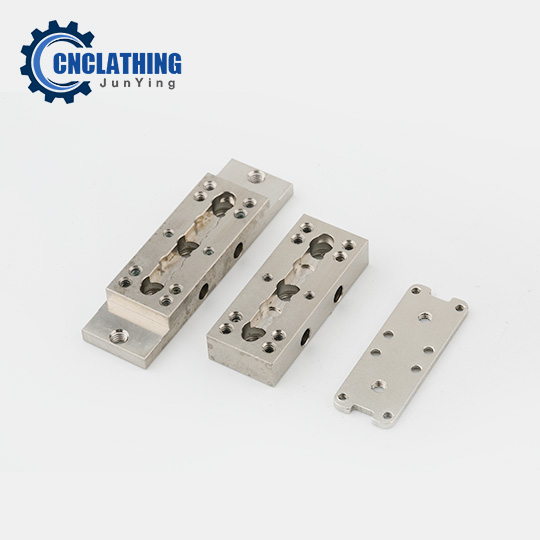 What is 316 Stainless Steel & Difference Between 316 and 316L Stainless Steel | CNCLATHING
What is 316 Stainless Steel & Difference Between 316 and 316L Stainless Steel | CNCLATHING
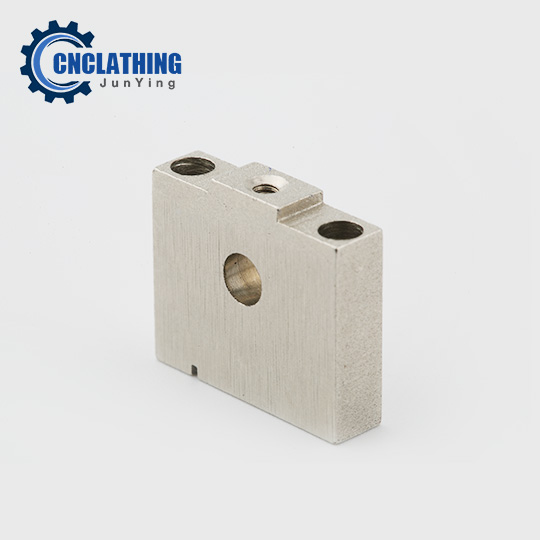 Overview of 303 Stainless Steel | Best Stainless Steel Grades for CNC Machining | CNCLATHING
Overview of 303 Stainless Steel | Best Stainless Steel Grades for CNC Machining | CNCLATHING
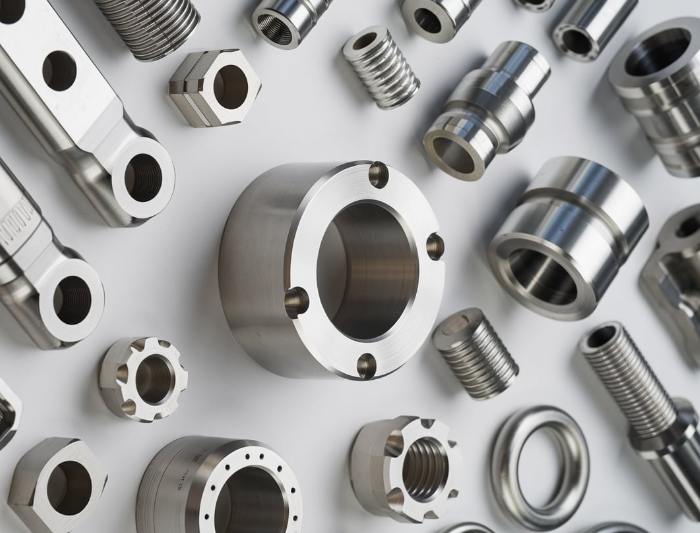 Stainless Steel Families & Grades Chart (Chemical Composition, Properties & Uses)
Stainless Steel Families & Grades Chart (Chemical Composition, Properties & Uses)
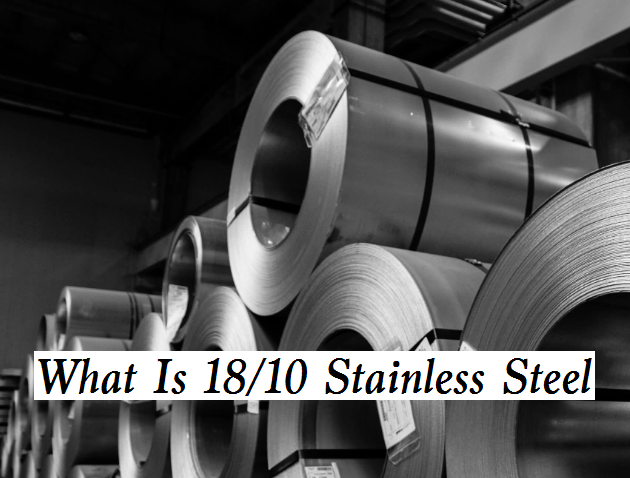 What Is 18/10 Stainless Steel: Composition, Properties & Differences from 18/0, 18/8, 304 & 316
What Is 18/10 Stainless Steel: Composition, Properties & Differences from 18/0, 18/8, 304 & 316
